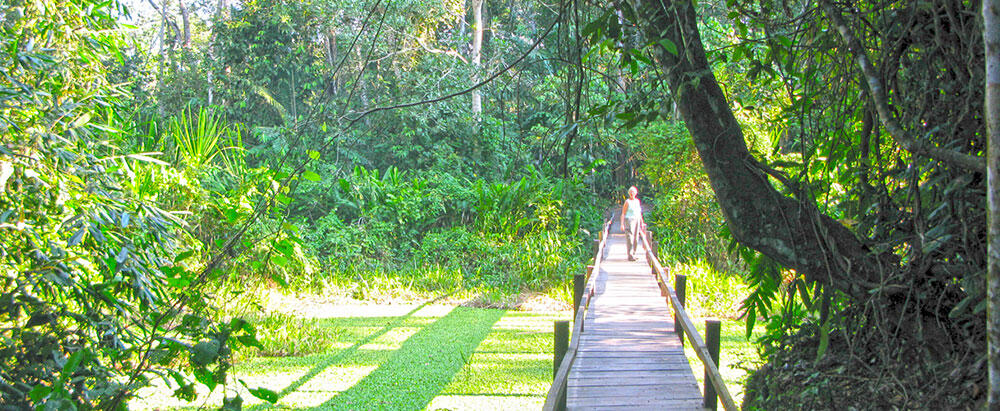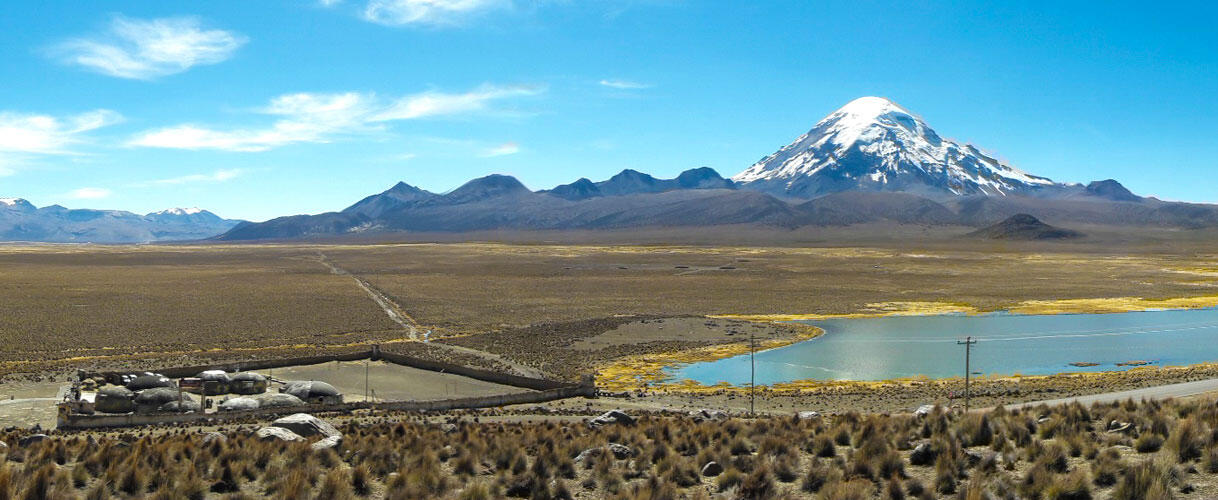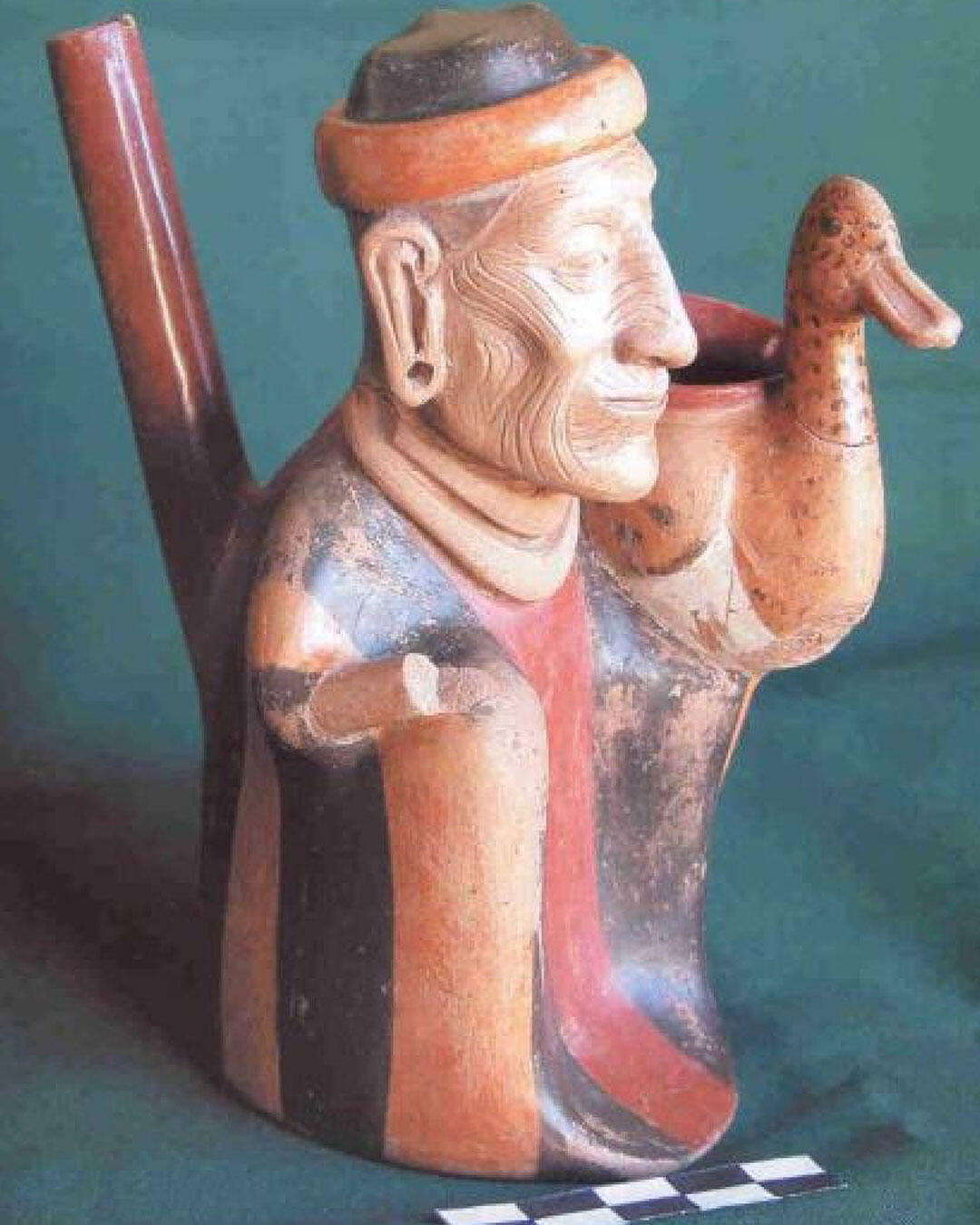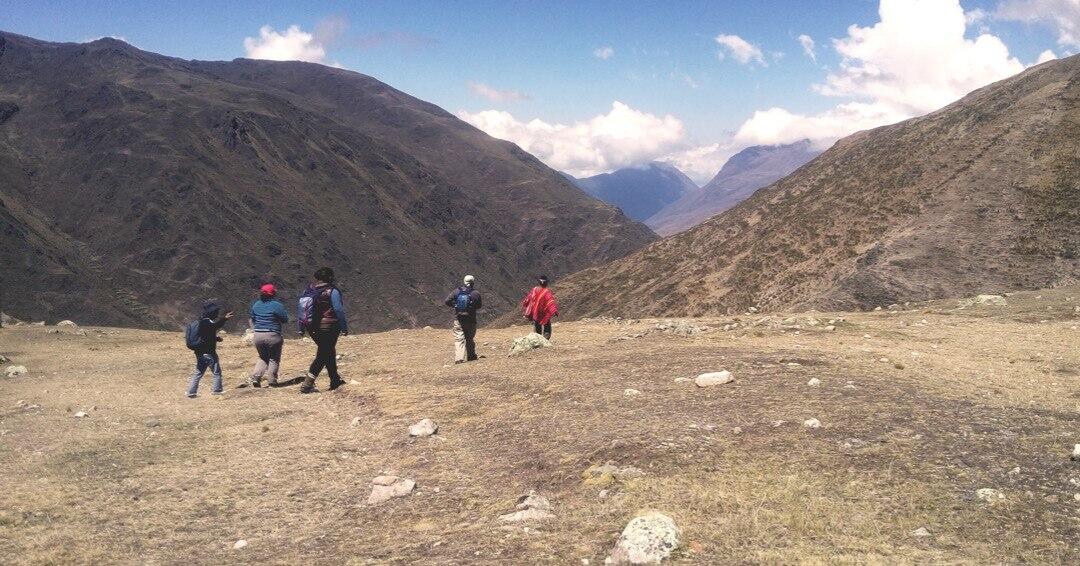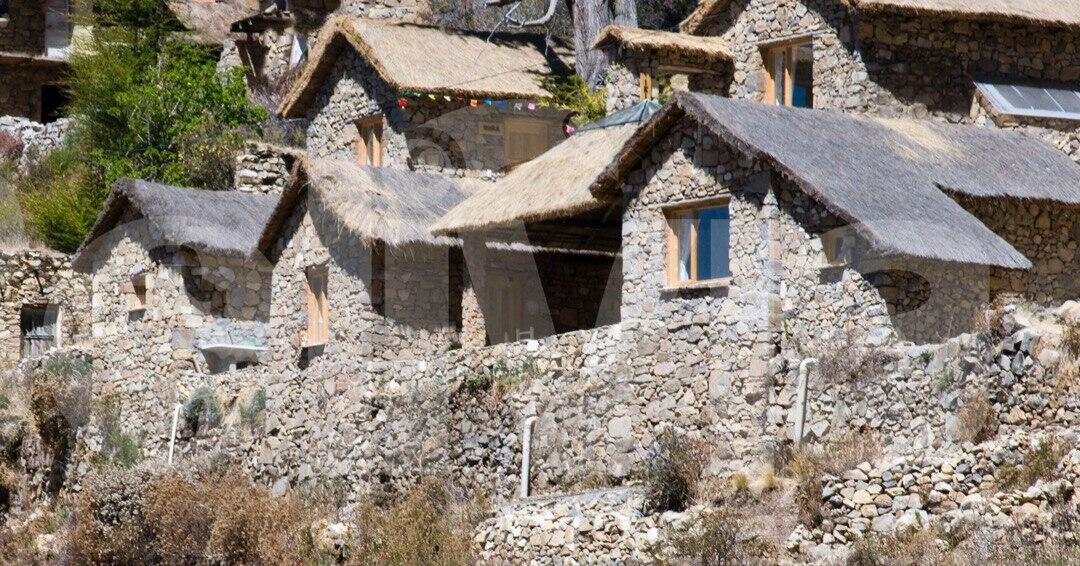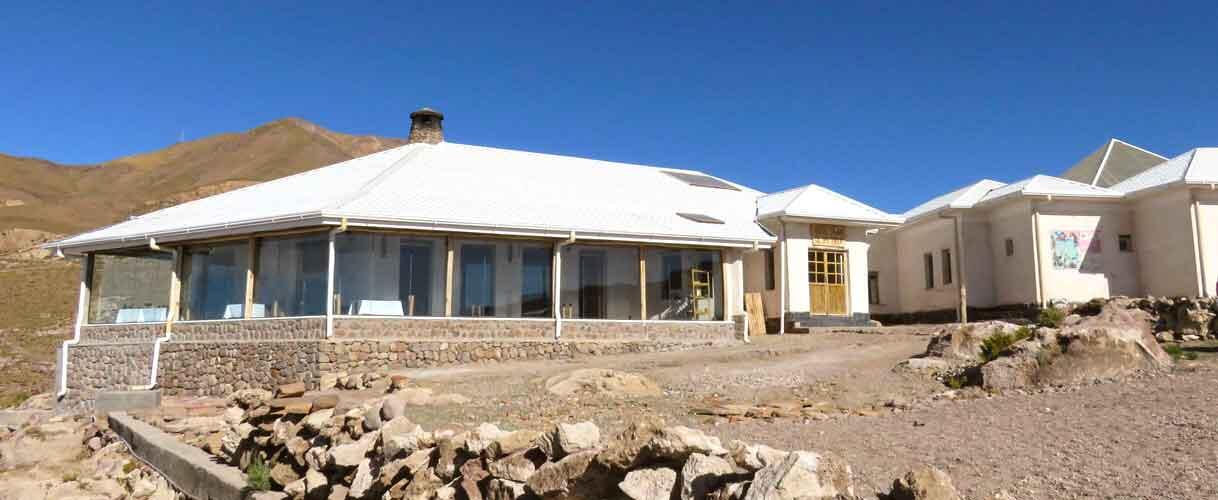
Rede hoteleira Tayka – Salar de Uyuni e Reserva E. Abaroa
REDE DE HOTÉIS TAYKA
Embora a área seja visitada por turistas há quase 30 anos, a infraestrutura hoteleira era, até muito recentemente, muito precária. Esta situação foi revertida em parte graças a vários investimentos privados, como a rede Tayka Hotels, que é um empreendimento misto, o que significa que os hotéis foram construídos com financiamento não reembolsável e, por outro lado, em condições favoráveis. As comunidades onde foram construídos os hotéis estabeleceram um acordo com a Fundação “Prodem” para que esta administre a rede durante quinze anos e, posteriormente, a gestão passe inteiramente para as mãos da comunidade.
Os três hotéis em funcionamento são o Hotel de Sal, o Hotel de Piedra e o Hotel del Desierto. A primeira, na parte norte do Salar, no município de Tahua, a segunda ao sul, no município de San Pedro de Quemes e a terceira localizada no limite da Reserva Eduardo Avaroa, a cerca de 40 minutos de carro. carro de Laguna Colorada, em um ponto chamado Ojo de Perdiz, os dois primeiros localizados a uma altitude de 3.700 metros acima do nível do mar, enquanto o terceiro está a 4.600 metros acima do nível do mar.
Todos os três possuem quartos confortáveis, com banheiro privativo e água quente. As áreas comuns são amplas e foram projetadas arquitetonicamente de acordo com a estética do local. O primeiro, seguindo o modelo do Hotel de Sal, é feito de blocos desse material, para o segundo utilizou-se o material pétreo e a técnica das construções coloniais do local. Possivelmente um defeito destes hotéis são os quartos demasiado grandes e difíceis de aquecer e, principalmente no inverno, sentem-se baixas temperaturas.
É possível desfrutar de uma visita aos três hotéis se, saindo de madrugada de La Paz, chegar em boa hora ao Hotel de Sal de Tahua. Para este passeio você deve utilizar a rota que sai de Oruro em direção a Quillacas e daí até García Mendoza, depois seguir o caminho que margeia o vulcão Thunupa em sua face norte. O segundo dia pode ser aproveitado para visitar o Salar em sua plenitude, incluindo a ilha Inca Huasi e alguns dos atrativos das encostas de Thunupa, por exemplo o cemitério pré-hispânico ou a chamada Gruta da Galáxia, e pernoitar no o Hotel Pedra. No dia seguinte você pode continuar em direção ao sul, visitar as lagoas Honda, Hedionda e Cañapa, e pernoitar no Hotel del Desierto, e depois chegar à Laguna Colorada, aos gêiseres e à Laguna Verde e continuar mais tarde até San Pedro de Atacama no Chile .
A viagem por aquela área, seja seguindo o percurso mencionado ou retornando da Laguna Verde ao norte, deverá ser feita em mobilidade todo-o-terreno. Em Uyuni existe uma série de empresas, pequenas e grandes, que oferecem esses serviços. Percorrer a região com carro próprio, e sem quem conheça o local, é arriscado, a sinalização é ruim e o GPS não ajuda, principalmente porque os dilemas que podem surgir em Bifurcaciones não estão relacionados à direção e sim ao estado de um caminho ou outro onde você pode cair em armadilhas como poços de água. Portanto, é aconselhável recorrer a serviços locais devido à experiência e às redes de apoio disponíveis para quem vive na zona.
RESERVA DE FAUNA ANDINA UYUNI SALAR E EDUARDO AVAROA
Com uma área de cerca de 10.000 km2 e localizado no sudoeste da Bolívia, o Salar de Uyuni é o maior do mundo. Estima-se que contenha uma camada de 6 metros de sal comum muito puro. A uma altura de 3.700 metros acima do nível do mar, no oeste de Uyuni, estende-se como uma enorme planície plana e branca de dimensões colossais. As margens do salar têm muitas enseadas grandes e geralmente são muito lamacentas.
As enormes quantidades de sal são recuperadas sobretudo na localidade de Colchani. Primeiro empilham-se pequenos montes de sal para desidratação, depois o sal é levado para a cidade onde é seco, acrescenta-se iodo e é ensacado de uma forma muito primitiva, tudo num trabalho completamente familiar.
Um dos pontos mais visitados do Salar é a famosa Ilha Huasi ou Pescado, assim chamada porque tem, à distância, o formato de um peixe. Neste promontório existe uma grande floresta de grandes cactos.
LAGOA COLORIDA
Outra grande atração é a Laguna Colorada localizada dentro da Reserva Nacional de Fauna Andina Eduardo Avaroa, no planalto de Potosí, perto da fronteira com o Chile. A lagoa tem uma superfície de 60 km2 e atinge cerca de 80 cm de profundidade.
A cor vermelha de suas águas se deve à presença de certas algas e bactérias que têm a característica de mudar com a temperatura e em determinados horários, sendo de um vermelho mais intenso quando a radiação solar é mais forte (meio-dia) e pode ficar vermelho púrpura. . Perto da água você pode ver colinas de bórax que parecem flutuar nas águas vermelhas. Possivelmente a maior concentração de flamingos da América do Sul tenha nidificado ali.
É um inc





